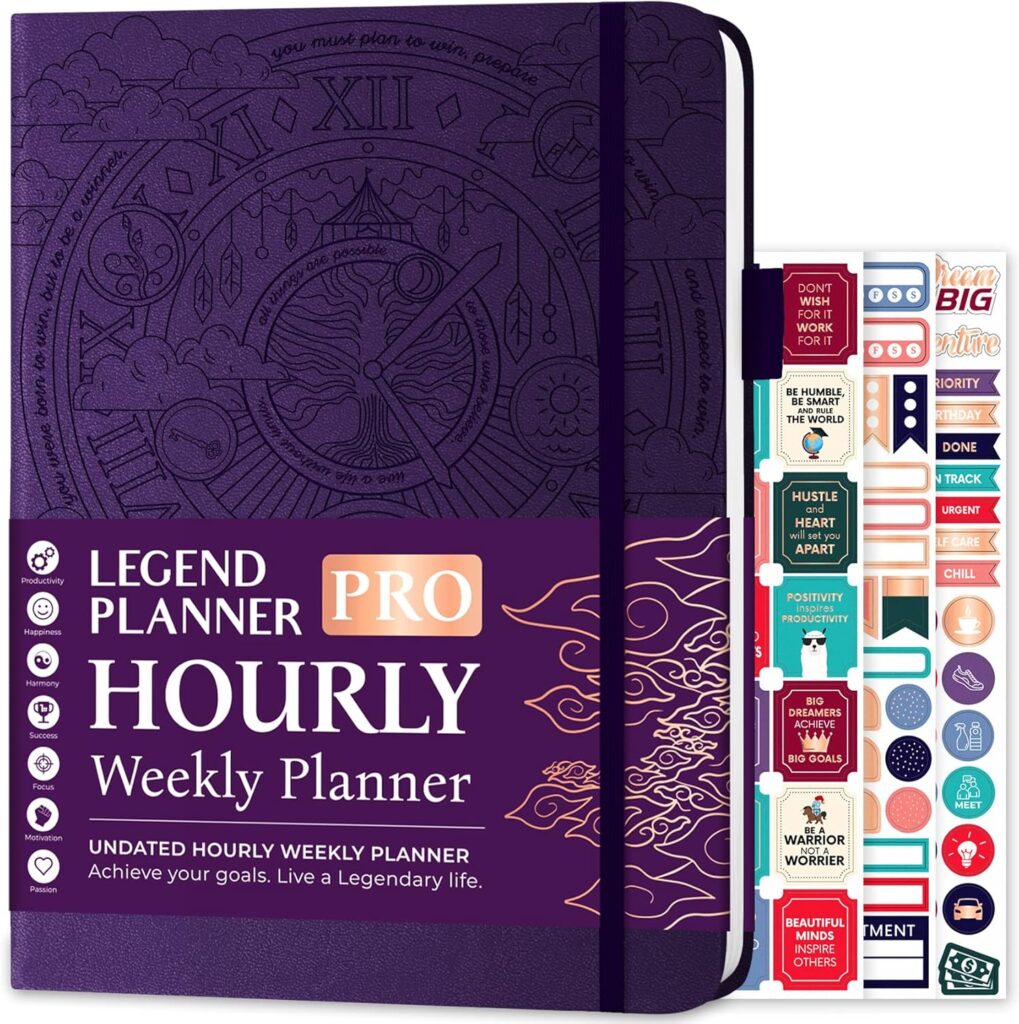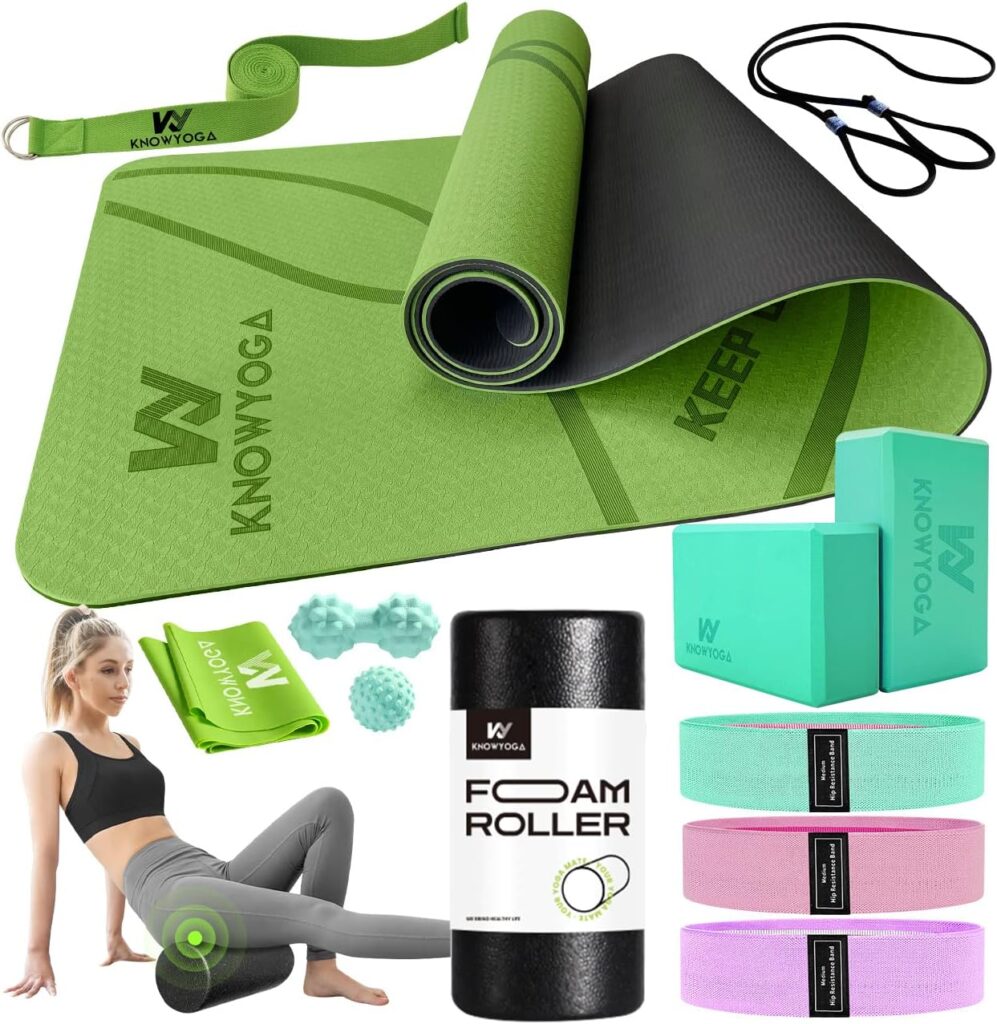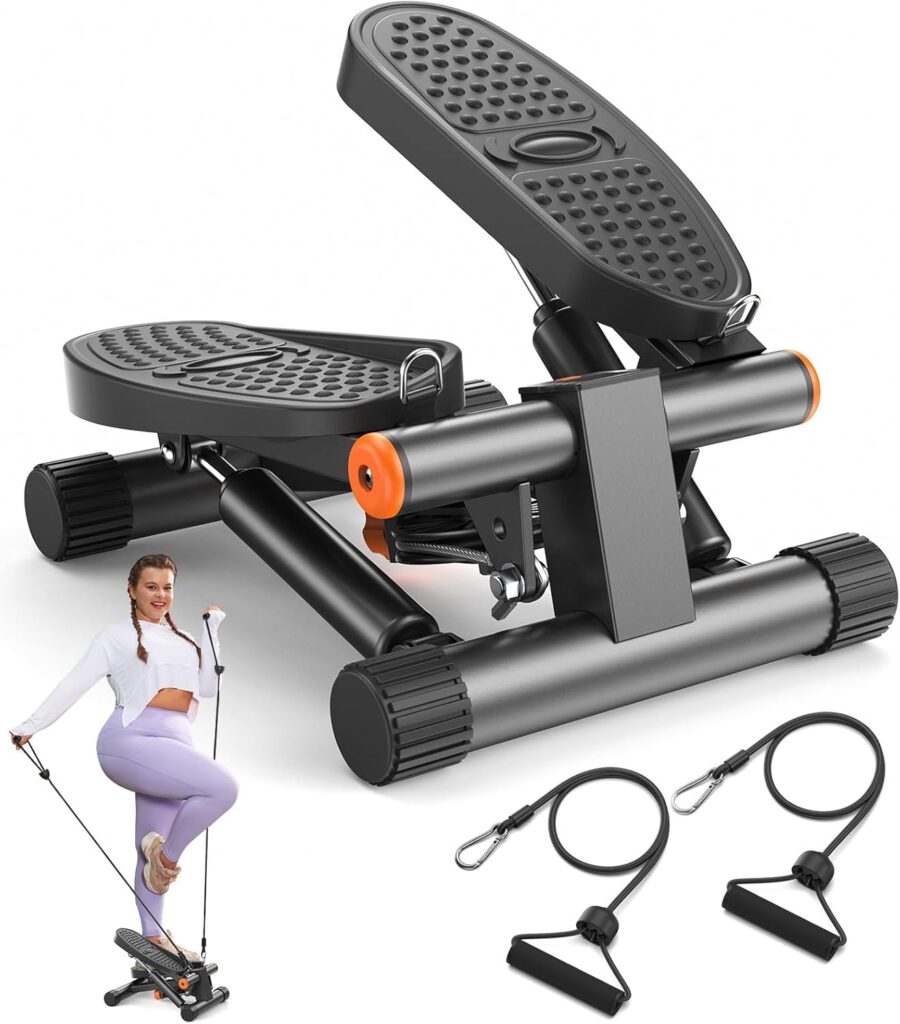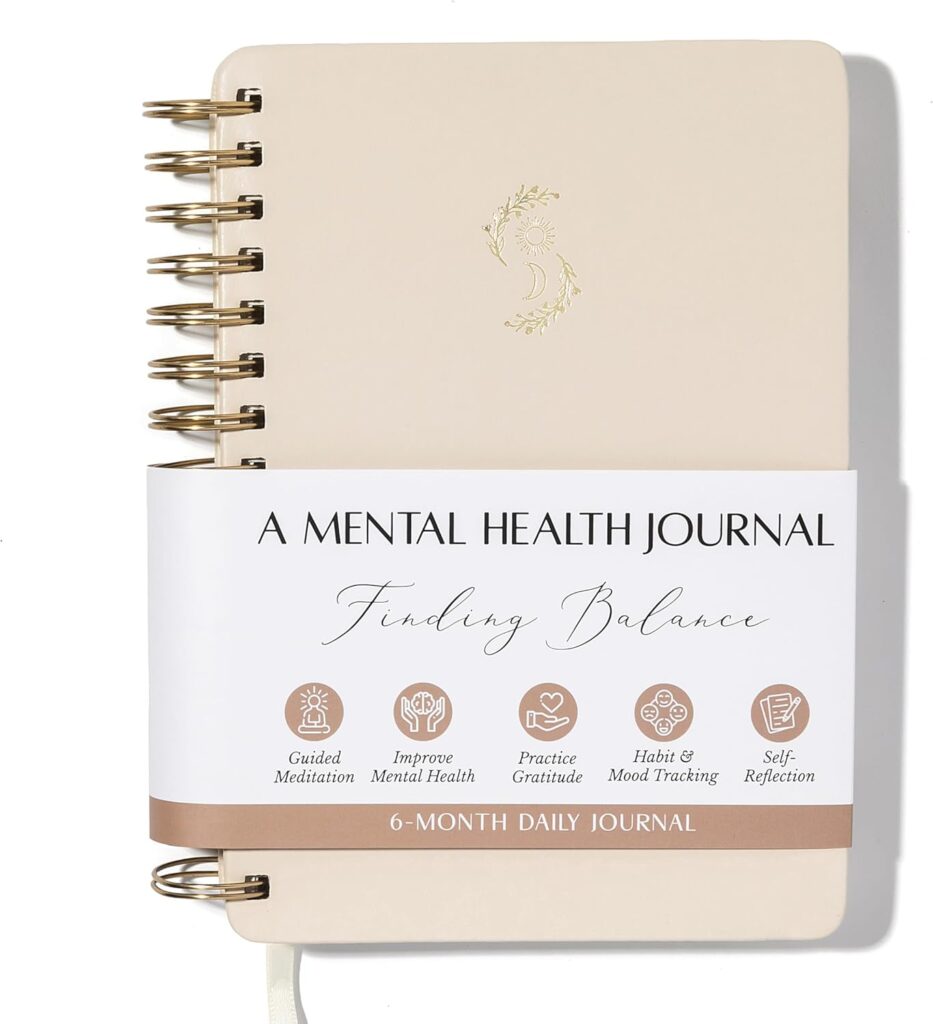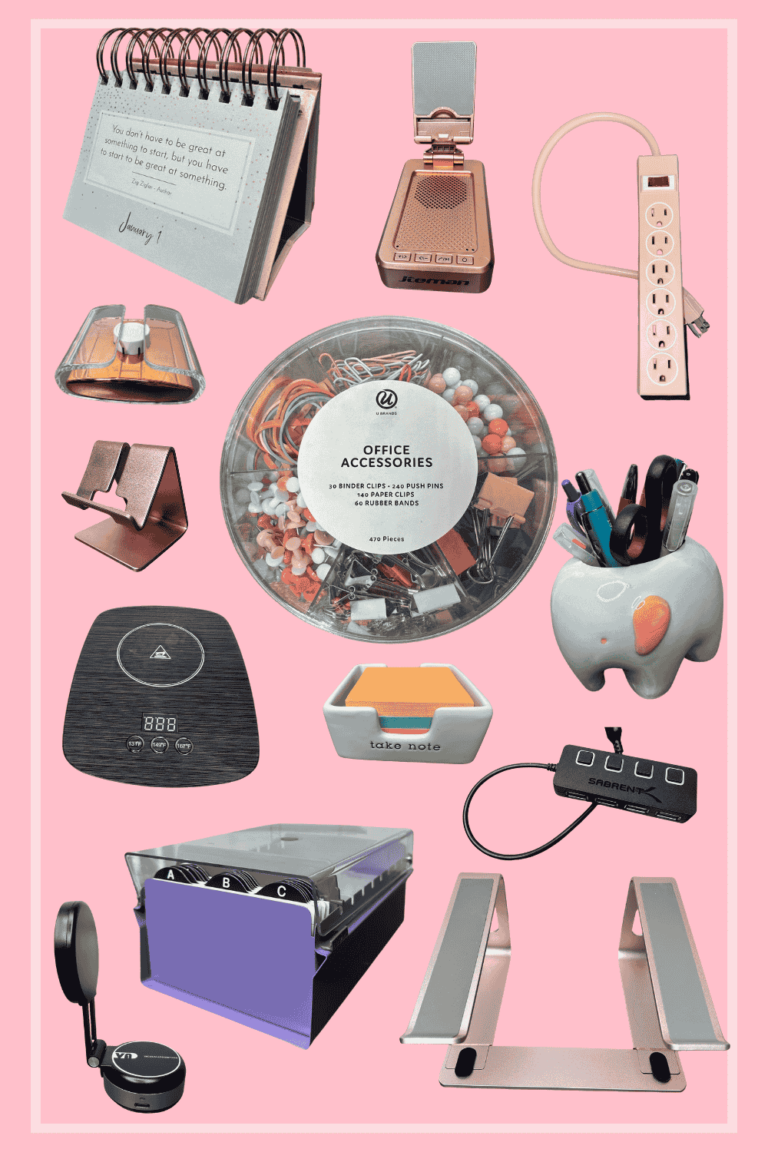How to Have Work-Life Balance While Working Remotely
This site contains affiliate links, view the disclaimer for more information.
In this post, we’ll discuss how to have work-life balance, dive into why it’s important, and uncover two key truths that not enough people talk about.
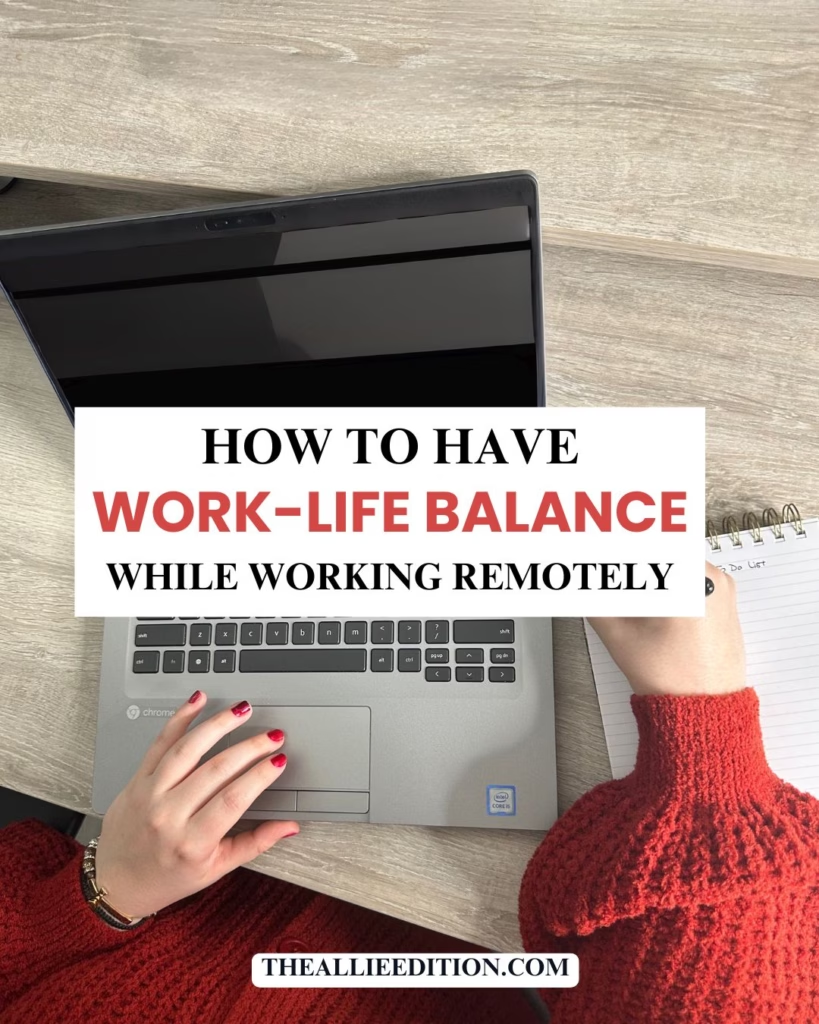
In today’s work culture, where long hours and holiday work may be rewarded, it’s become difficult to prioritize personal time. You might find yourself sacrificing family moments, hobbies, or your own well-being just to keep up with the demands of work. But what happens to the priorities outside of the “office” when work consumes all your time and energy?
Achieving a healthy work-life balance means knowing when to “close the laptop” and shift focus to what truly matters. Whether it’s spending time with loved ones, exploring new interests, or simply recharging, having a work-life balance allows you to invest in both your personal and professional growth. After all, taking care of yourself at home helps you show up better at work.
Keep reading to learn more about how to have work-life balance while working remotely and the 2 truths that not enough people talk about.
How to Have a Work-Life Balance
Now, I’m sure you’ve heard this a million times before but I think it’s important to first remind ourselves what it means to have work-life balance because in reality, this looks different for everyone.
What is work-life balance?
Work-life balance simply means creating the space you need to feel fulfilled in both your professional and personal life. It means you don’t have to work endless hours or sacrifice your personal time to get things done. Instead, it’s about finding a healthy balance that allows you to thrive in both areas without feeling overwhelmed. Or what I call, a happy-medium.
Why is work-life balance so important?
Achieving a work-life balance is incredibly important because it enables you to be your best self at both work and home, reducing the risk of burnout and stress. It provides you the energy and focus you need to go after both your personal and professional goals, without having to sacrifice one for the other. Most importantly, balance offers a sustainable path for long-term growth and success. When we over-commit to one area, it’s easy to get overwhelmed and quit at the onset of what could have been a very fulfilling outcome.
Do you have a work-life imbalance?
While a healthy work-life balance looks different for everyone, here are some things to think about when assessing whether or not you have an imbalance:
- Are you feeling constantly drained or fatigued?
- Struggling to find time for family, hobbies, or personal interests?
- Is your workday often spilling over into personal time?
- Finding it hard to schedule a regular vacation (whether it’s annually or quarterly)?
- Are you skipping “you-time” (like meditation, yoga, or reading) because there’s simply no time?
- Do you feel torn between professional goals and personal priorities, as if you can only focus on one?
If you answered “yes” to one or more of these questions, you may have a work-life imbalance. Don’t worry though, there are simple strategies you can start implementing now to help. Keep reading to learn more on how to have work-life balance without feeling overwhelmed.
Don’t forget to pin this!
Make sure to pin this image here and save it to your Pinterest board. That way you can easily come back to this page and learn the 6 keys to achieving work-life balance without feeling overwhelmed.
The 2 truths about work-life balance.
Social media often paints an unrealistic picture of work-life balance—think working from a beach with a drink in hand or the freedom to work remotely whenever, wherever you want. While that sounds nice, it’s not the secret to finding true balance. Here are two important things you should know about work-life balance that not enough people talk about:
1. Balance is NOT one-size-fits-all.
Some people thrive by keeping their work and personal lives separate, while others find their career is a central part of their identity. Both approaches are valid. What matters is that you can nurture both your personal and professional ambitions in a way that leaves you feeling content. The true measure of balance is being able to end the day knowing you’ve given enough to both areas, and that you can rest easy, knowing you did your best.
2. finding balance isn’t a one-time fix.
Finding balance is an ongoing process that will evolve depending on what requires your attention at any given time. It’s not about being “perfect” or following a strict 50-50 rule between work and home. Instead, it’s about discovering the right balance for you at that moment.
There will be times when work takes priority, and other times when personal life takes priority. For example, during performance review season at work, you may shift to a 60-40 balance, dedicating 60% of your focus to work as you push for that promotion or pay raise. A few months later, having achieved those goals, you might find yourself focusing more on personal life, especially as summer approaches, shifting the balance toward spending quality time with loved ones and strengthening those relationships.
The key is flexibility. Reassess regularly, adjust as needed, and embrace the ebb and flow of work and personal life.
How to have work-life balance (with examples)
There are six fundamental elements when it comes to establishing a strong work-life balance: set boundaries & manage time, prioritize what matters, invest in self-care & well-being, foster supportive work & home environments, maintain social & family connections, and create a productive, focused routine. Let’s dive into examples for each:
1. Set Boundaries & Manage Time
- Establish clear working hours and take regular breaks. Don’t fall into the trap of working “just one more hour,” and definitely don’t skip your breaks—this is your time to unplug and recharge.
- Create a clear distinction between work time and personal time so that one doesn’t bleed into the other.
- Use strategies like time-blocking and time management to ensure you’re making the most of your time.
- Establish a dedicated office space where you can focus on work—try to keep it separate from your relaxation space (like your bedroom).
If you happen to be working with limited space and need some way to create division, I personally like to use these Giyano 4 Panel Screen Room Dividers. They are super sturdy, have lasted me years, and (bonus!) make for cute, professional backgrounds during Zooms/Teams meetings.
2. Prioritize What Matters
- Identify your priorities: family, relationships, health, hobbies, career—whatever aligns with your values.
- Set realistic goals that fit within your budget, work schedule, and personal priorities. Consider using a goal-setting planner to stay focused and easily track progress.
- Learn to say no: For example, “Unfortunately, I can’t take on those three extra tasks today, but I can complete one today, and the others tomorrow.” People will respect you more when you set clear expectations.
- Celebrate the little things (not just the big things): Like organizing your junk drawer or visiting a friend you haven’t seen in weeks.
- Practice mindfulness: Be present in the moment—avoid multitasking during important personal moments (e.g., stay off your phone during family time).
3. Invest in Self-Care & Well-being
- Use your PTO and take regular vacations to fully disconnect from work, whether you’re traveling or just relaxing at home.
- Maintain an exercise routine and eat well in efforts to prioritize your health.
- Watch for signs of burnout and take time to reflect and adjust as needed.
- Establish a bedtime routine to ensure you’re getting the rest you need.
If you’re interested in starting out an exercise routine, check out this 12-in-1 Yoga Set for beginners or Mini Stair Stepper with Resistance Bands—perfect for working out at home! I’m personally obsessed with my yoga set; it’s become essential for decompressing after a long work week. For a deeper sense of mindfulness, try this 6-month daily journal with prompts for guided meditation, self-care, anxiety relief and more! I highly recommend combining yoga and journaling for the ultimate ‘unwind and recharge’ experience.
4. Foster Supportive Work & Home Environments
- Speak to your boss about creating a work environment that supports balance, including options like flexible hours or a manageable workload.
- Ask for help at work and at home. Whether it’s delegating tasks to coworkers or involving your family in household chores, don’t hesitate to lean on others or even hire help when necessary.
- Embrace flexible work schedules to better manage your time.
- Consider switching jobs if your current position negatively impacts your balance.
Find Smart Tools to Budget Better, Save More, and Work From Anywhere
Ready to make life (and money management) a little easier? Check out my favorite tools, books, and essentials for budgeting smarter, building real savings, organizing your home office, and thriving in remote work—so you can create the flexible lifestyle you’re working toward.
5. Maintain Social & Family Connections
- Make time to regularly visit friends and family—they are your support system!
- Establish family routines, like nightly dinners, weekly movie nights, or random game nights
- Volunteer or attend community events—participating in activities like a beach cleanup or working at an animal shelter can strengthen your social connections.
- Engage in hobbies or sports with friends—try pickleball, yoga, or another activity you enjoy to keep you connected. Now if you’re reading this and thinking about your friends who have been trying get you to play pickleball with them, this is your sign, you’re welcome. Go buy that paddle set and make some fun memories!
6. Create a Productive, Focused Routine
- Create a daily routine outside of work, like waking up early, to maximize productivity.
- Dress for success, even if you’re working from home. A professional mindset can lead to better results.
- Use lists to stay organized by writing down your daily tasks with a to-do list notepad (both work and home-related), and planning the next day in advance to ensure nothing slips through the cracks.
- Get tech-savvy with automation tools to simplify tasks, like using Alexa Echo Dot to add items to your grocery list (“Hey Alexa! Add milk and eggs.”).
As someone who works from home, I know how difficult it can be to find an outfit that’s both professional and comfortable—something that lets you stay focused without constantly adjusting. If you’re looking for stylish yet practical options, check out these outfits that will help you stay confident and comfortable throughout the day.
P.S. If you have never owned yoga dress pants, you must check them out because they are life-changing!!!
Now that we’ve covered the six fundamentals for achieving work-life balance, it’s time to put them into action. Try implementing a few of these strategies to start with and build on them over time to find your balance—it’s a journey, but the effort will absolutely pay off.
Conclusion
If you’ve made it this far, congratulations! You’ve just invested in your personal well-being, which is a key fundamental for achieving work-life balance. So, take a moment to pat yourself on the back—you’re moving in the right direction.
As we’ve learned, achieving a work-life balance is not about dividing your time perfectly, but about creating space for both your personal and professional growth. Remember to set boundaries, prioritize what matters most, and take intentional steps to care for yourself. Most importantly—remember that your well-being should always come first. With a little effort and flexibility, you can find the balance that works best for you.
Let’s discuss!
Did you enjoy this article? I’d love to hear in the comments which part resonated with you the most!



